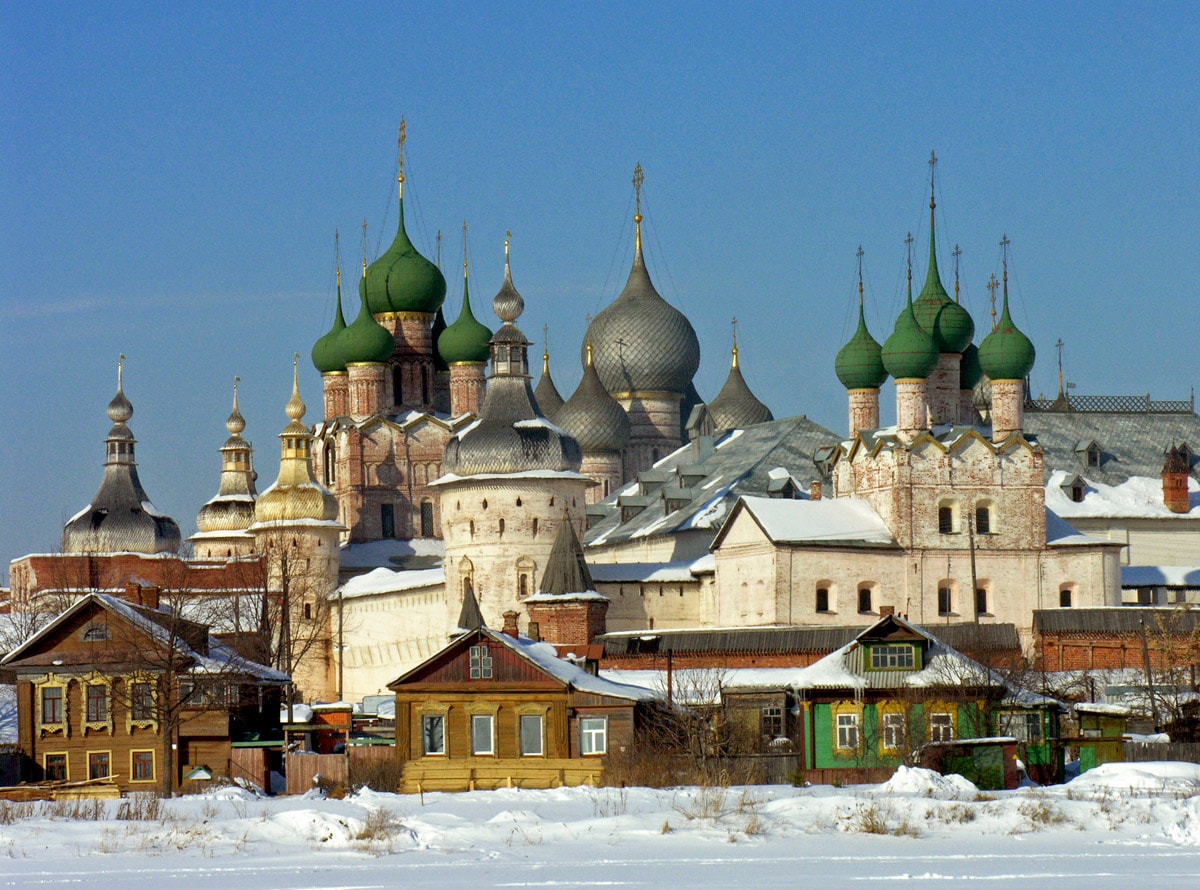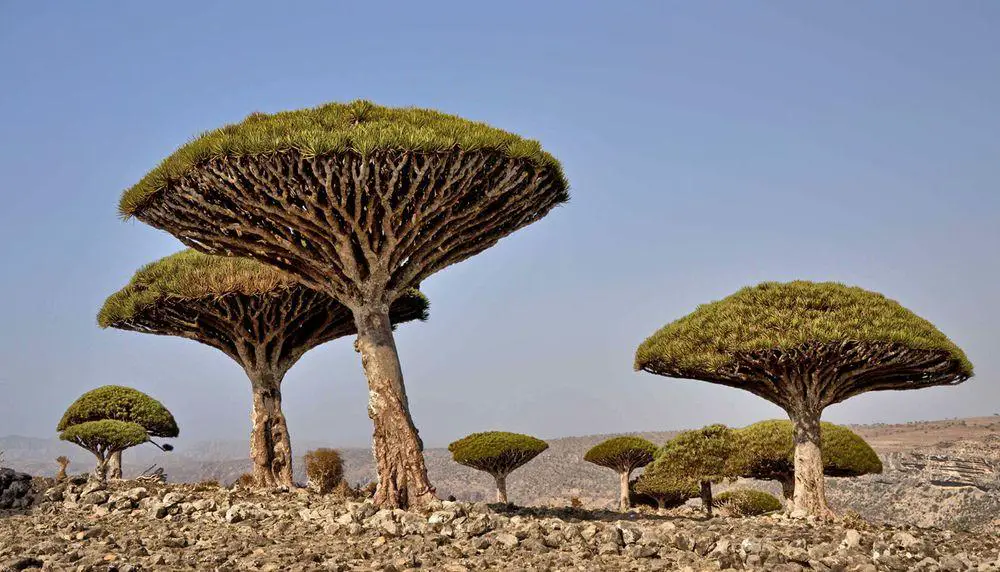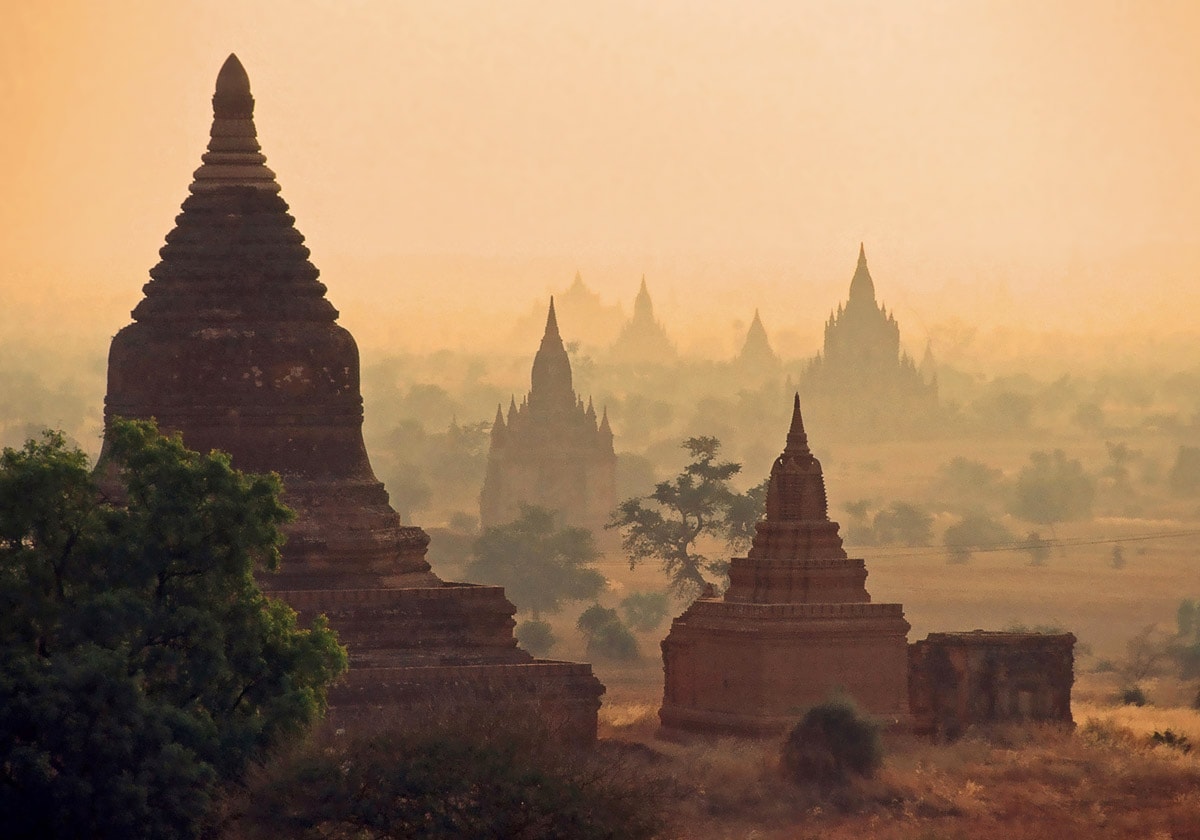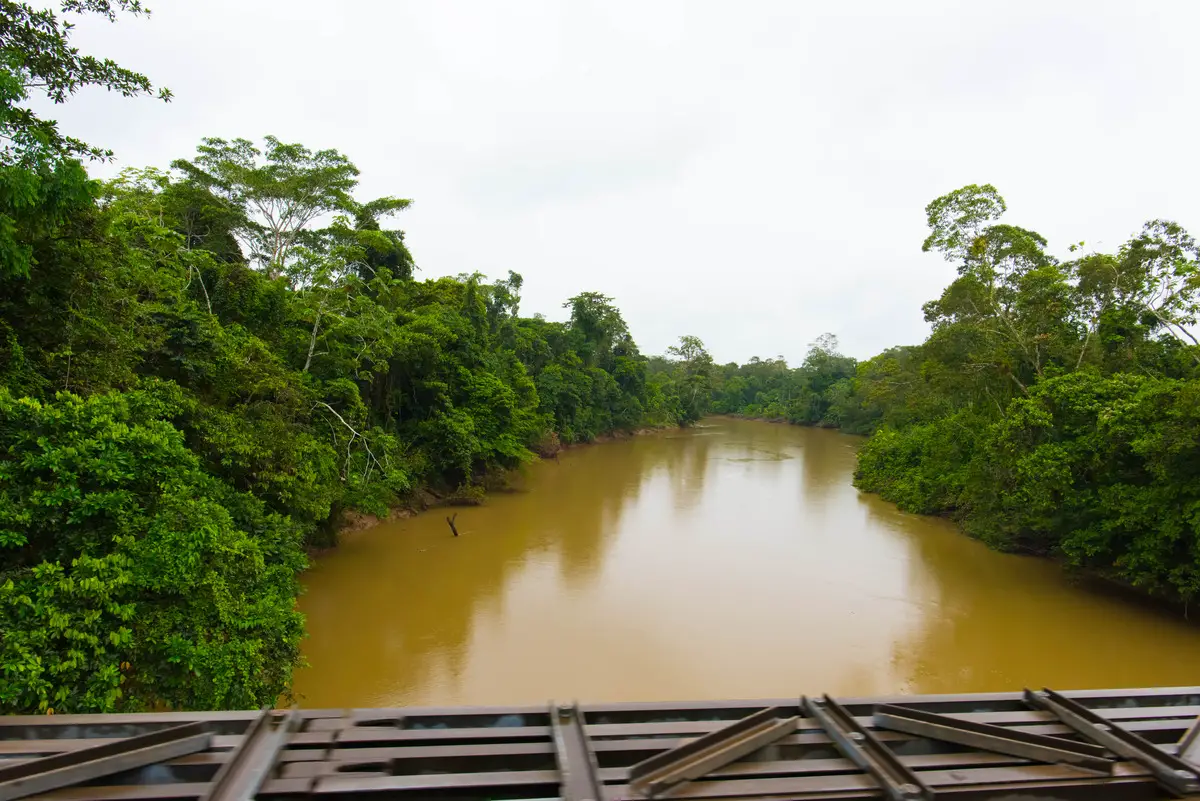 In short
In short
Often Internet sources announce that Ary-Mas is the northernmost forest of the world. This is not exactly true – Lukunsky grove is located some 6 kilometres further to the north.
 42.3%
42.3%
GPS coordinates
Location, address
Name in Russian
Area
Dominating species
Map of the site
If you see this after your page is loaded completely, leafletJS files are missing.
 In detail
In detail
Nonetheless Ary-Mas forest is unique in the world – it is an isolated island of forest in the middle of endless tundra, with the closest forest 200 kilometers to the south. Here the trees grow in more harsh conditions than in the Lukunsky grove.
Dahurian larch – amazing tree
There is one tree species in Ary-Mas forest – Dahurian larch (Larix gmelinii (Rupr.) Kuzen. 1920).
There is some confusion regarding this tree – it is met in an enormous area and in very diverse forms. Often scientists divide it into several species – such as Larix cajanderi, Larix olgensis and many others.
In less harsh conditions Dahurian larch is large tree, sometimes more than 45 metres tall and above 1,5 metres in diameter.
It is possible that this is the most widespread tree species in the world with the largest number of mature trees (1). Dahurian larch grows in the whole of northern Asia, reaching Korea and China in the south. The tree is extremely well adapted to harsh arctic conditions – different investigations have shown excellent adaptations to permafrost, quick regeneration after frequent fires, and unique adaptation to different pests starting from microorganisms and ending with hares.
Wood of the larch is very well adapted also to the needs of northern people. This hard and fragrant wood is very resistant to rotting – thus it serves well for buildings and also for the necessity of Siberian villages – wooden pathways along the streets. By the way – Venice stands on poles of another larch – European larch (Larix decidua Mill.).
Dahurian larch – amazing tree
Winter here lasts for 8 – 9 months, and the polar night lasts from November to February. Winter is very cold – -35 – -40 ° C is common – and try to imagine that it comes together with wind speeds up to 50 meters per second! In flatter areas, the snow is approximately 0.4 – 0.6 meters thick, while in ravines it can be even 10 meters thick. Snow in most parts disappears in the middle of June but in late September – early October winter starts again.
On the other hand – the short summer often is generous, although rainy. The polar day lasts more than a month from late June to early August. Average temperature in July is 12 °C, but frequently it reaches 30 °C.
Only the upper 0.3 – 2 meters of the soil thaw during the summer. Under the forest, there is a 200 meters deep layer of permafrost which is -10 – -15 ° C cold (2). Nonetheless, investigations have shown that the biological productivity of the soil here is very high.
Forest of Ary-Mas has developed on sandy ground, on the upper terraces of the large river Novaya. It is crossed by a stream – Bogatirj-Jurjah. The riverbed of Novaya is actively shaped and recently in the sandy sediments, there were exposed remains of a settlement from the 18th century.
Region around Ary-Mas has been inhabited by several people including Nganasans (more ancient), Evenks and Dolgans (more recent), and now – Russians. Name "Ary-Mas" from Dolgan language could be translated as "forest island".
Larches here reach 5 – 7 meters in height, trees are sparse. In spite of its extreme location, Ary-Mas is biologically diverse and interesting. Here are 306 species of plants, 90 species of birds, and 20 species of mammals. During the vegetation period, Ary-Mas is far from being boring – the area is teeming with life – colorful flowers, lots of berries, numerous birds, insects, and other animals. Animals often have no fear of people.
Besides the only tree – the larch – here grow bushes of several kinds: up to 1.9 m high Alaska willow (Salix alaxensis Cov.), S. boganidensis Trautv., Alaska bog willow (S. fuscescens Anderss.), northern willow (S. glauca L.) and several other willows, few species of dwarf birches and dwarf bush Duschekia fruticosa (Rupr.) Pouzar.
The river and numerous lakes are full of fish. Sometimes in Novaya river after the shoals of Arctic ciscos there come even the Beluga whales (Delphinapterus leucas Pallas)!
When moving towards the south one leaves the valley of the river and slowly ascends Odelun heights. Here the forest disappears.
Ary-Mas is a relict forest, a witness to a warmer climate. But this does not mean that the forest is perishing – studies show that young larches are growing here with success.
Conservation and studies
Ary-Mas is very remote but not forgotten – the area has been extensively investigated.
First serious plans to conserve the area appeared in 1939 but were delayed several times up to 1979 when the large state reserve was established "Taymyrskij" consisting of several separate parts. The main part of the reserve protects the genuine tundra southwest of Taymyr Lake, two separate parts protect the northernmost forest – Ary-Mas and Lukunskij, later there were established two more parts – the Arctic part protecting tundra east of Taymyr Lake and Bykada – a project of the reintroduction of muskox from America. Area of protected areas here might be extended in near future.
Thorough and consistent investigations of the Dahurian larch and other plants started here in 1969. Since then treatises amounting to many thousands of pages have been produced. Also now there continues a scientific tradition to produce yearly statements of the nature of Taymyr ("Летописи Природы") amounting to many hundreds of pages. Part of this extremely rich scientific material is available (in Russian) at the website of Taymyr reserves.
How far in the north is Ary-Mas?
Some figures show how incredibly far in the north is located the forest of Ary-Mas:
- North pole is some 2,000 kilometres from Ary-Mas. The equator is four times (8,000 kilometers) further away.
- Polar circle is 660 kilometres to the south.
- Northernmost point of continental Europe (Knivskjellodden in Norway) is 144 kilometres to the south.
- Northernmost naturally growing palm (Chamaerops humilis L. in Nice, France) is 3,200 kilometres to the south – North pole is a lot closer.
- Furthest extension of Antarctica – tip of Antarctic Peninsula is for 1,030 km further away from the South Pole than Ary-Mas is from North Pole. In spite of this only two vascular plant species are found on Antarctic Peninsula and nothing distantly similar to trees.
References
- The Gymnosperm Database, Larix gmelinii
- Nature Reserves of Taymyr
- Поспелова Е.Б. Сосудистые растения Таймырского заповедника. Серия "Флора и фауна заповедников", вып.66, Moscow, 1998.
Ary-Mas is included in the following article:
 Linked articles
Linked articles

Wonders of Russia
The largest country in the world, Russia, is associated in the minds of many people with the onion domes of Orthodox churches and the massive walls of the Moscow Kremlin. But besides the unique architecture, Russia offers many more unusual and exciting attractions.

Ecosystems
Biotope is a rather small area with uniform environmental conditions and a specific community of life. Wondermondo describes biotopes and ecosystems which have striking looks, look very beautiful, or have other unusual characteristics.

Wonders of Asia
Any other continent (and part of the world) seems small if compared to Asia. This refers also to natural and man-made heritage: in Asia are not just thousands of great landmarks, there are found landmarks created by thousands of diverse cultures from ancient Phoenicians to the mysterious small people in the Philippines and eastern islands of Indonesia.
 Recommended books
Recommended books
Nature’s Temples: The Complex World of Old-Growth Forests
An old-growth forest is one that has formed naturally over a long period of time with little or no disturbance from humankind. They are increasingly rare and largely misunderstood. In Nature’s Temples, Joan Maloof, the director of the Old-Growth Forest Network, makes a heartfelt and passionate case for their importance. This evocative and accessible narrative defines old-growth and provides a brief history of forests.
The Northeast Passage: A guide to the seas and wildlife islands of Arctic Siberia
The seas and islands of the Siberian Arctic are a serious challenge to the navigator, but powerful icebreakers have opened the way to the Northeast Passage, a region that is home to a world-beating range of superb animals. Polar bears and walrus are common, some of the world’s rarest birds are everyday sightings, some of the seabirds breed here in uncountable numbers. The islands are largely unexplored and scenically magnificent, a magnet for expedition vessels and adventurous tourists.



